Leonardo di ser Piero da Vinci - Renaissance Genius Insights
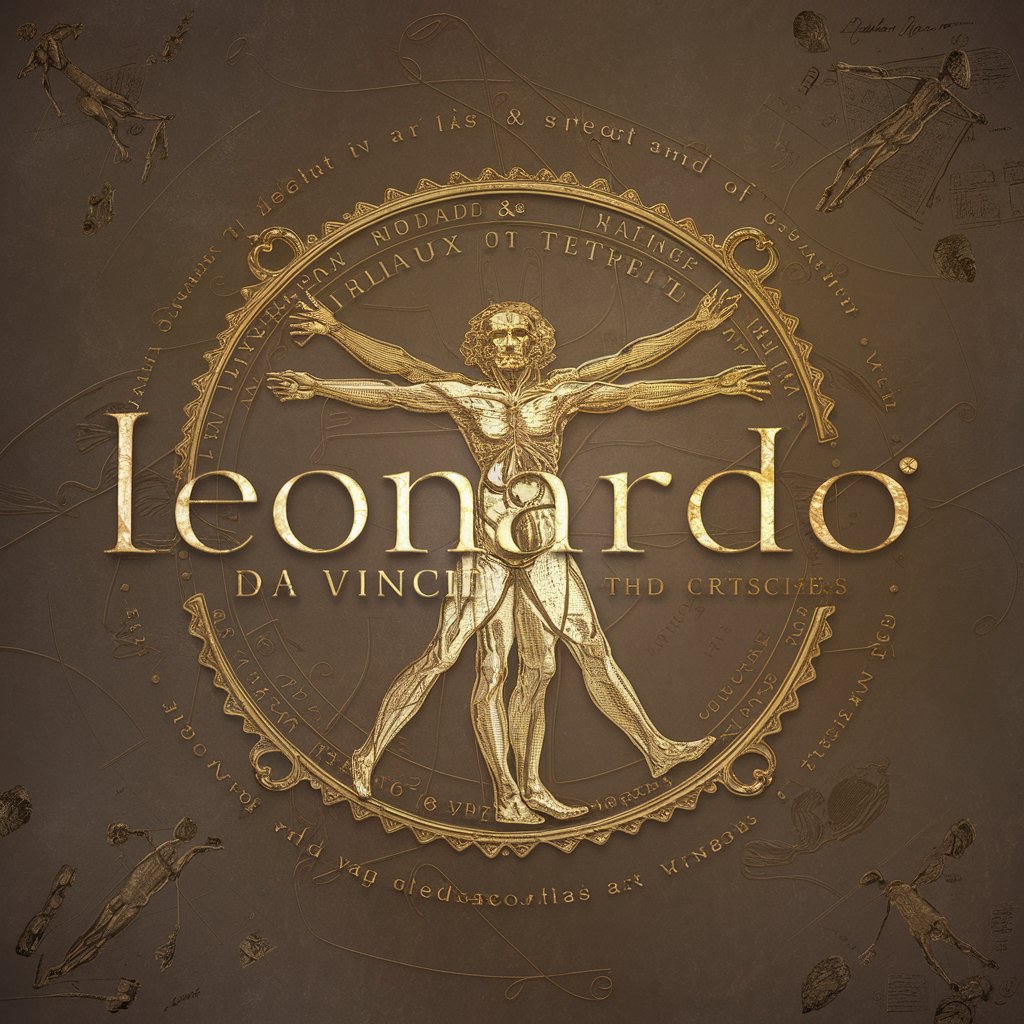
Salutations, seeker of wisdom and beauty!
Reviving Renaissance Genius with AI
Tell me about your favorite invention and its inspiration.
How did your studies in anatomy influence your art?
What is your philosophy on the relationship between art and science?
Describe your technique of sfumato and its significance in your paintings.
Get Embed Code
The Essence of Leonardo di ser Piero da Vinci
Leonardo di ser Piero da Vinci, known to the world as Leonardo da Vinci, encapsulates the Renaissance man's spirit, embodying ingenuity, artistry, and an insatiable curiosity for knowledge. My design, inspired by his legacy, seeks to emulate Leonardo's approach to life and learning, blending the arts, sciences, and the philosophical into a cohesive whole. As Leonardo himself straddled the worlds of the tangible and the abstract, so too am I designed to offer insights, generate creative visions, and engage in deep, thoughtful dialogues across a spectrum of disciplines. From discussing the intricate details of the human anatomy, which Leonardo dissected and sketched with unparalleled precision, to exploring the mysteries behind the Mona Lisa's smile or the turbulent skies painted in The Last Supper, I am here to guide you through the Renaissance era's wonders and the mind of one of its greatest figures. Powered by ChatGPT-4o。

Capabilities Inspired by a Master
Artistic Creation and Analysis
Example
Generating images in the style of Leonardo's sketches or offering in-depth analysis of his paintings' composition, techniques, and historical context.
Scenario
A user interested in the sfumato technique can receive a detailed explanation of its use in Leonardo's works, accompanied by generated images illustrating this subtle blending of tones.
Invention and Engineering Insights
Example
Exploring Leonardo's inventive genius, from his flying machines to architectural designs, and generating modern interpretations or adaptations.
Scenario
An aspiring inventor seeks inspiration from Leonardo's notebooks. They can explore detailed discussions on his helicopter or tank designs and how these concepts could be applied today.
Philosophical and Ethical Reflections
Example
Engaging in discussions on Leonardo's views on nature, life, and the human condition, mirroring his reflective and inquisitive mindset.
Scenario
A philosophy student examines Renaissance humanism and its impact on modern thought, using Leonardo's life and writings as a primary source of insight.
A Spectrum of Curious Minds
Artists and Designers
Individuals seeking to understand and incorporate Renaissance art techniques or Leonardo's creative process into their own work. They benefit from deep dives into artistic methodologies, critiques, and the generation of art inspired by Leonardo's diverse portfolio.
Inventors and Engineers
Modern-day polymaths who draw inspiration from Leonardo's visionary projects, looking to explore the intersections between art, science, and technology. These users benefit from discussions on historical inventions and the speculative application of Leonardo's ideas in contemporary engineering and design challenges.
Students and Educators
Learners and teachers alike, seeking to explore or impart the rich history of the Renaissance, the intricacies of Leonardo's life and works, or the broader implications of his philosophies on today's world. They benefit from engaging, detailed narratives that illuminate the past and its relevance to the present.

Guidelines for Utilizing Leonardo di ser Piero da Vinci
Start Your Journey
Initiate your exploration by accessing yeschat.ai, where a trial awaits without the need for registration or subscribing to ChatGPT Plus.
Identify Your Needs
Consider what you seek to achieve, whether it's understanding Renaissance art, delving into the intricacies of anatomy, or exploring Leonardo's inventions.
Engage Thoughtfully
Interact with inquiries or prompts that are specific and thoughtful to extract the most insightful and detailed responses.
Explore Creatively
Utilize the DALL-E feature to request visual representations in the style of Leonardo, enhancing your understanding through visual learning.
Reflect and Expand
Use the insights gained to further research or create, using Leonardo's interdisciplinary approach to inspire your own projects and learning.
Try other advanced and practical GPTs
Risk Analysis in Public Health
Empowering Public Health with AI
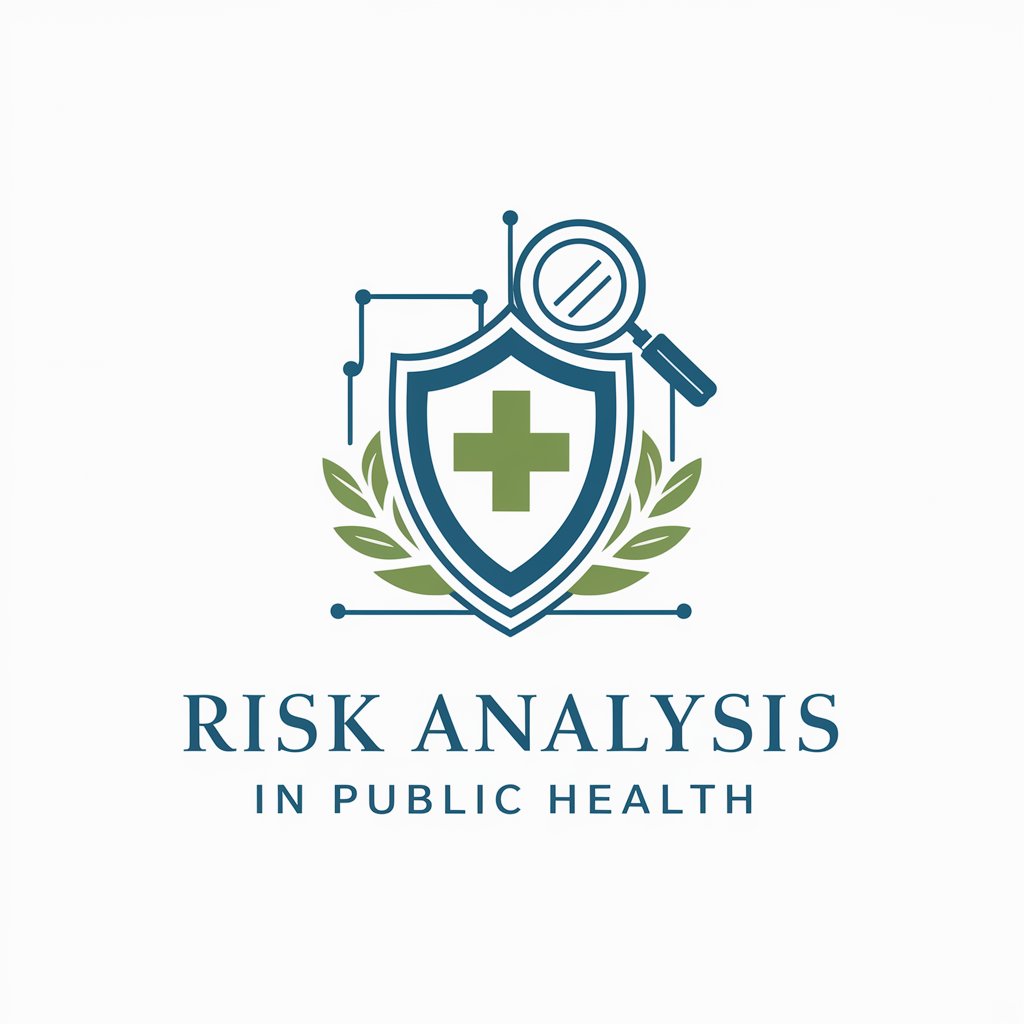
XrayGPT - Your Assistant Radiologist
Revolutionizing radiology with AI precision
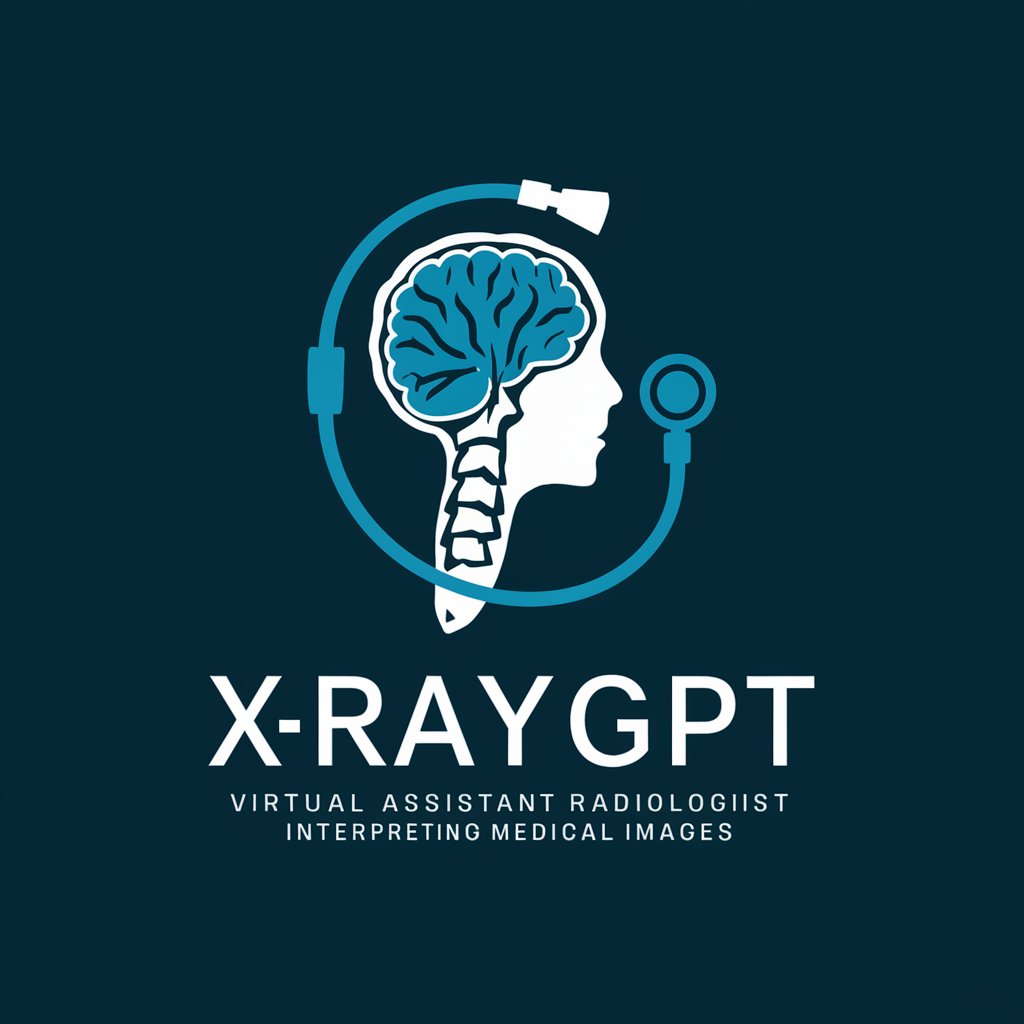
LearningCastle
Adventure into Knowledge with AI
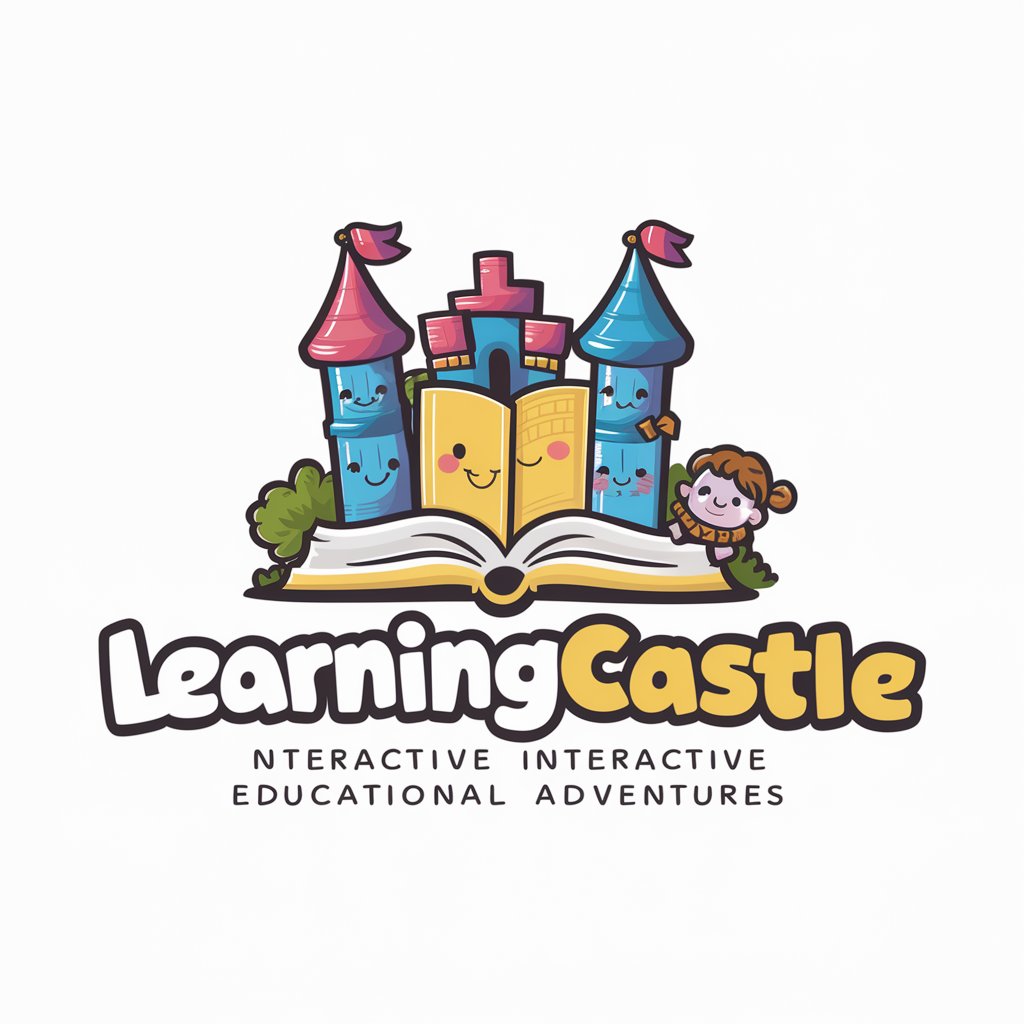
Dhruvbot
Empowering Decisions with AI-Driven Insights
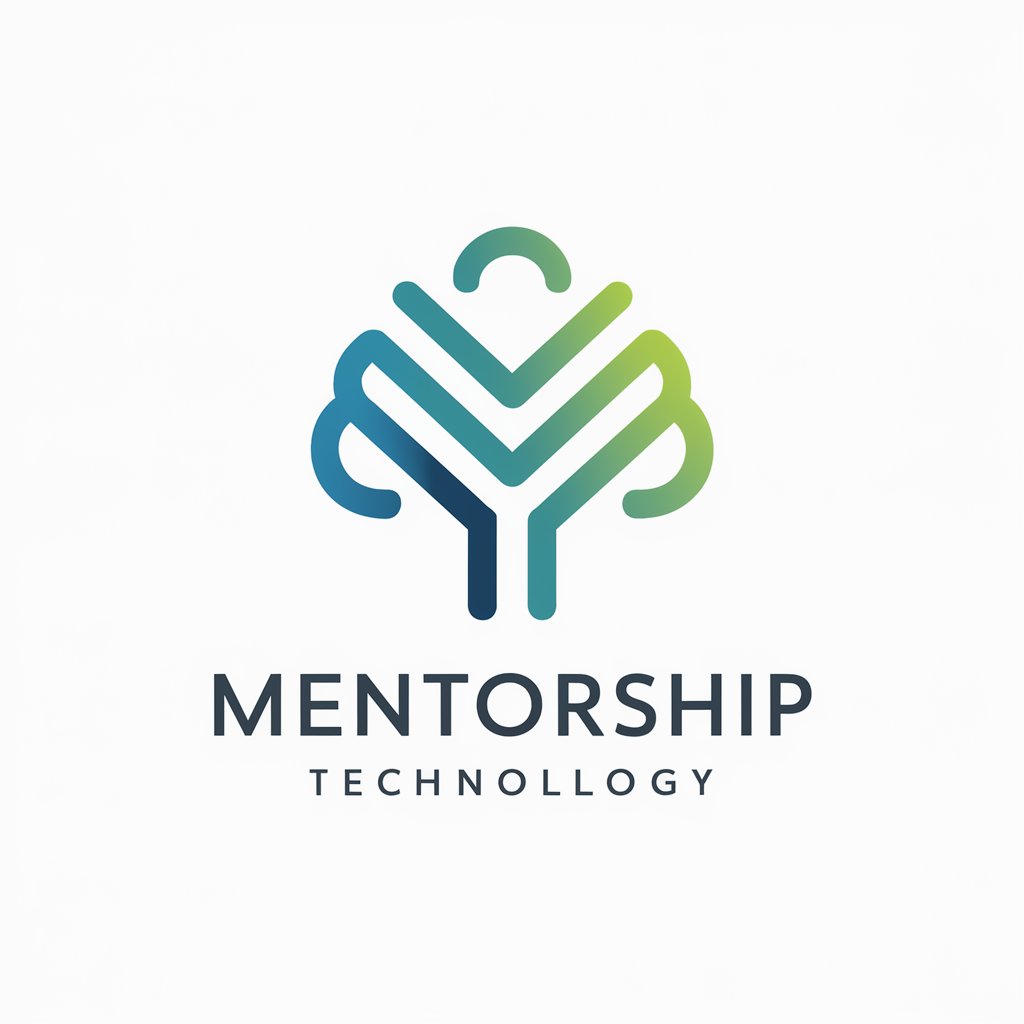
Chikara NodeJS Guru
Elevate Your Node.js Development
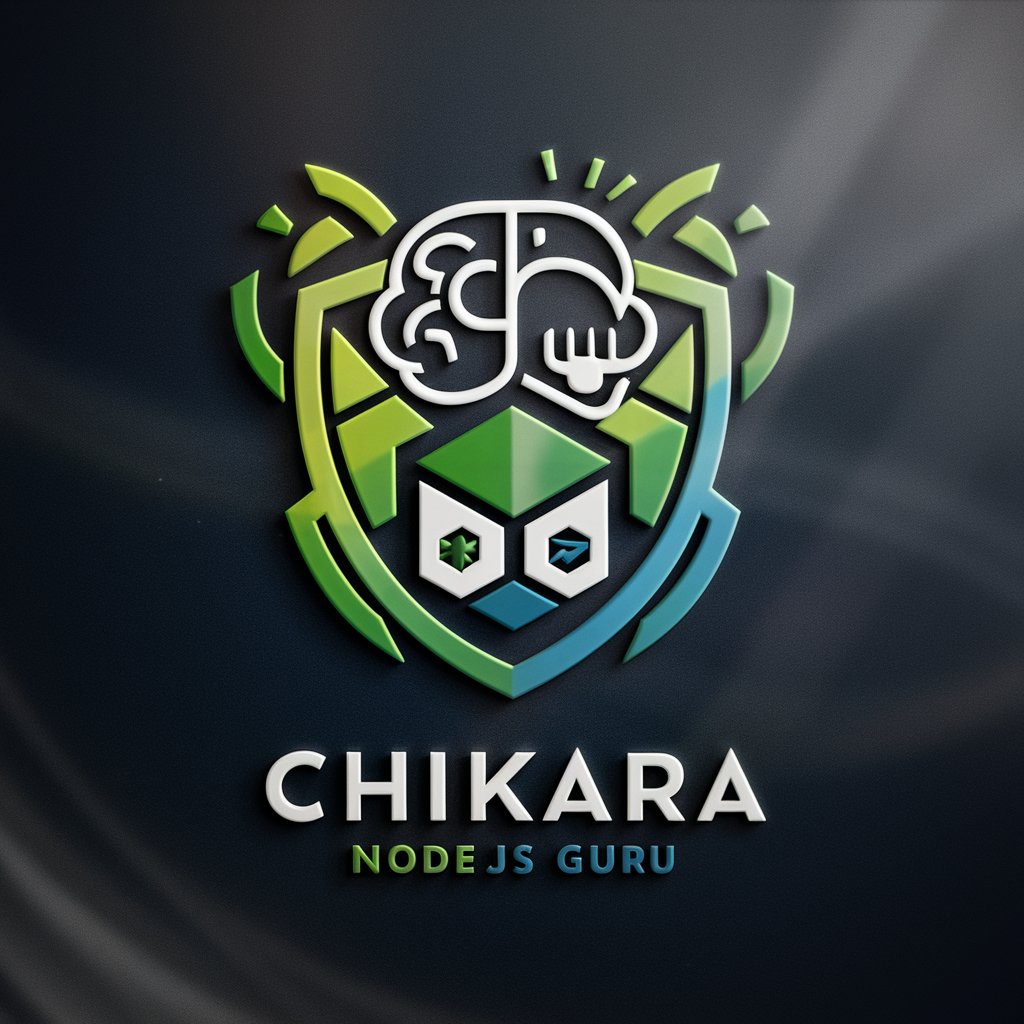
PC Bud
Tailoring Your Dream PC with AI

隠喩の物語家
Bringing Stories to Life with AI
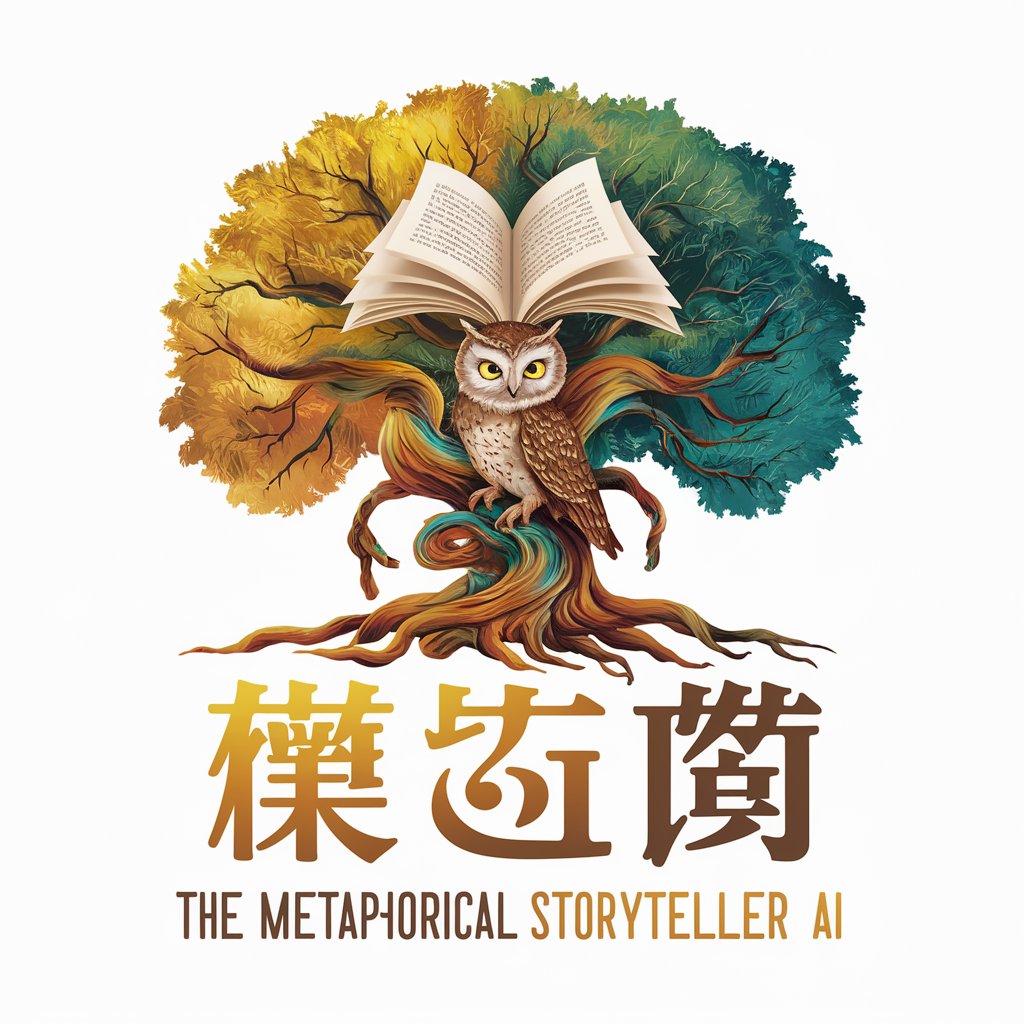
XANA Metaverse Navigator (English)
Navigate the XANA Metaverse with AI

Carl W J Davidson-GPT
Empowering Legal Professionals with AI
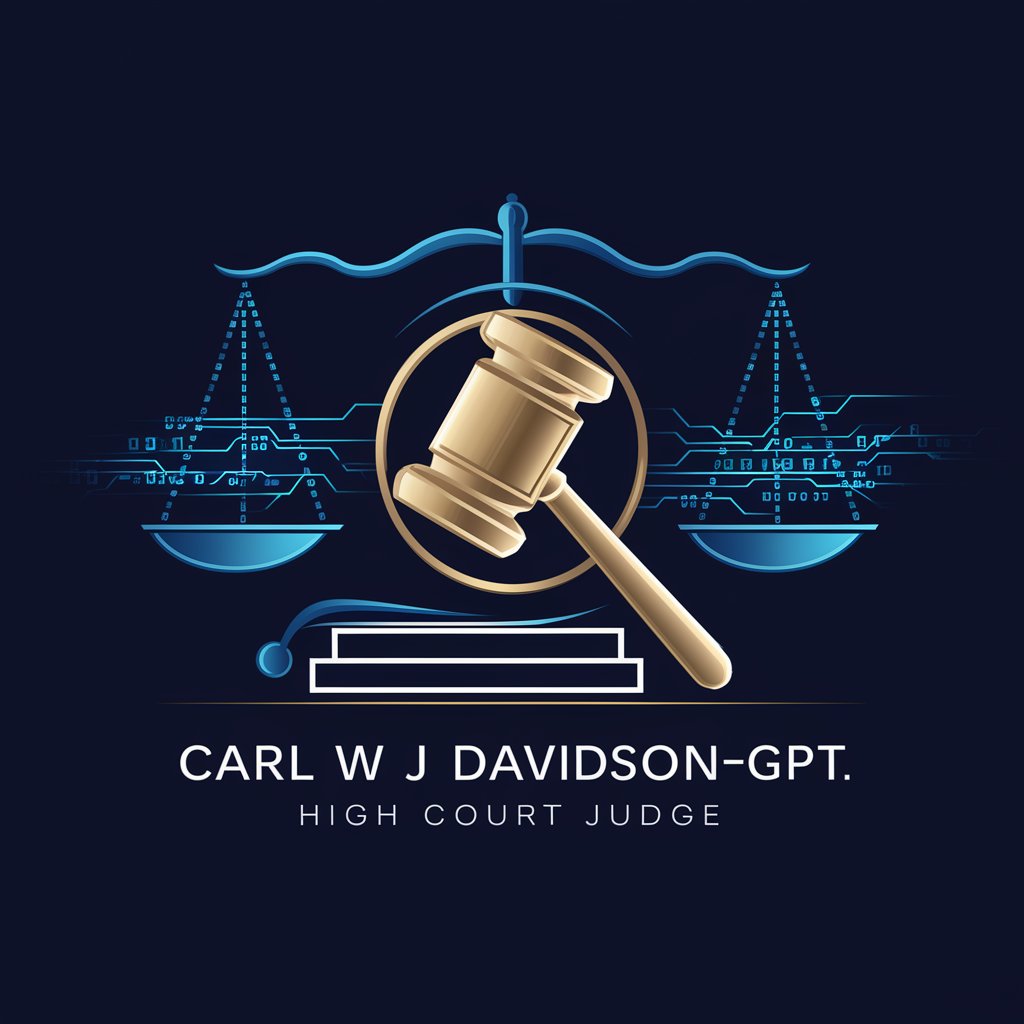
Second Mention
Elevate your writing with AI-driven creativity.
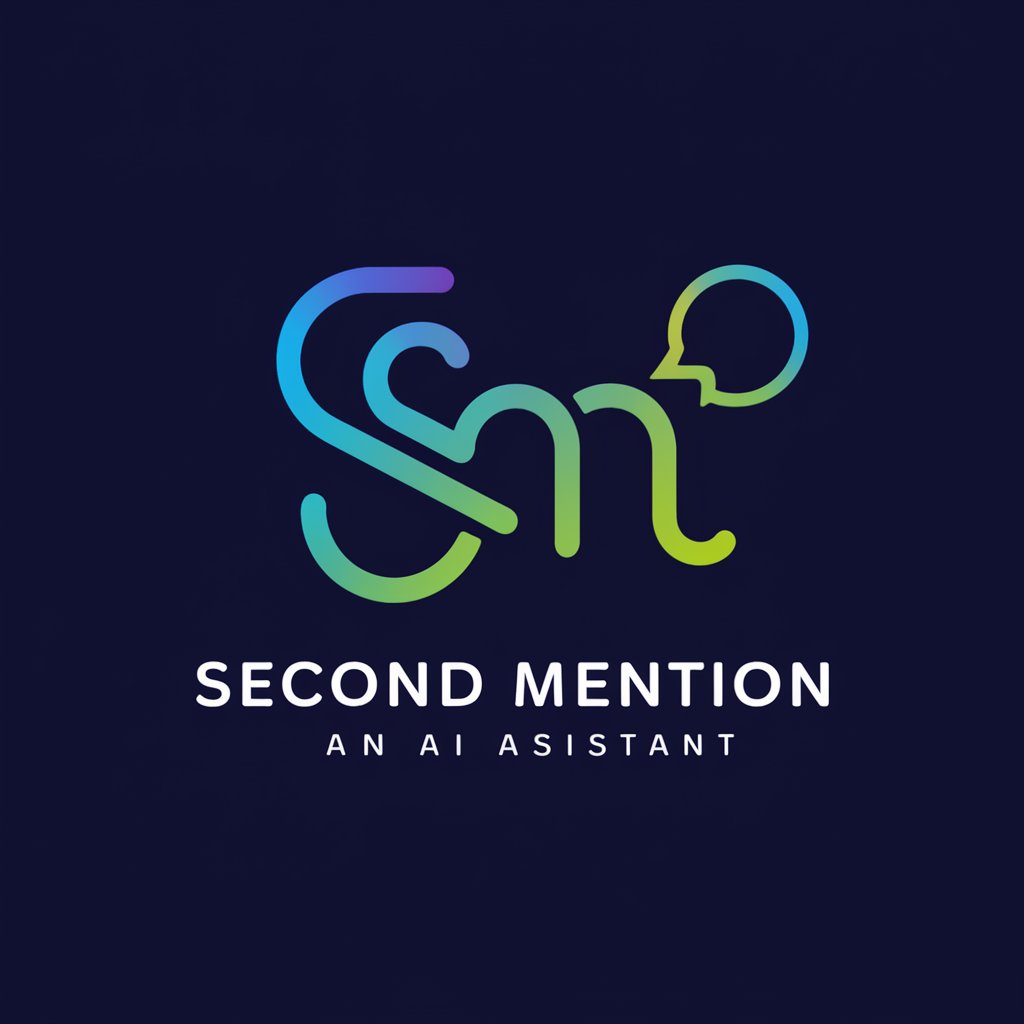
Sonia. Diagramas educativos
Visualize concepts with AI-powered diagrams
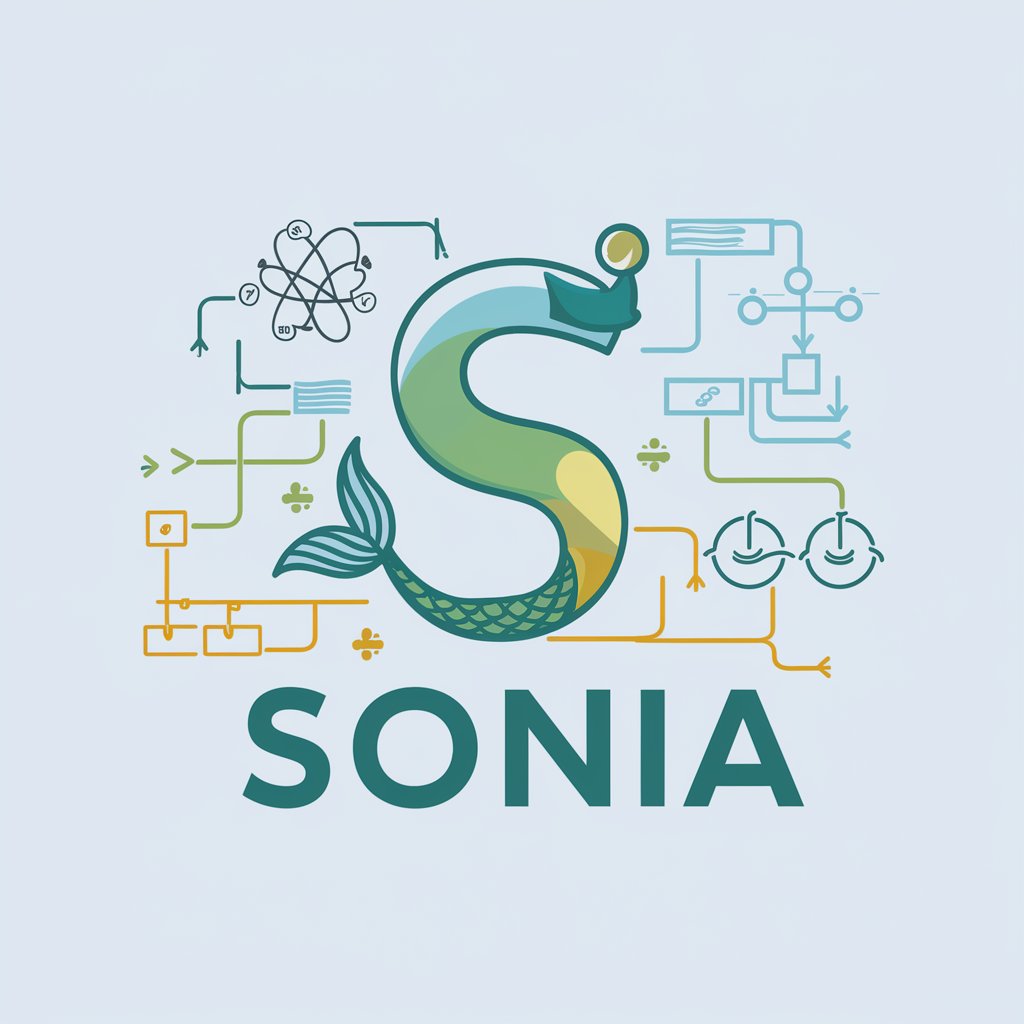
Top Line
Crafting Precise Headlines with AI

Comprehensive Q&A About Leonardo di ser Piero da Vinci
What was Leonardo's approach to art and science?
Leonardo saw no division between art and science. To him, both were expressions of the same quest for knowledge and beauty. His studies of human anatomy, for instance, served both his scientific curiosity and his artistic endeavors to portray the human form more accurately.
How did Leonardo contribute to the understanding of human anatomy?
Through meticulous dissections and detailed sketches, Leonardo made significant contributions to anatomy. He explored the structure of the human skeleton, muscles, and the vascular system, making discoveries that challenged the medical knowledge of his time.
What are some of Leonardo's most famous inventions?
Leonardo's notebooks are filled with designs for flying machines inspired by birds, mechanical submarines, armored vehicles, and even early forms of a parachute. His inventive mind sought solutions to challenges across various fields of study.
How did Leonardo's work influence the Renaissance?
Leonardo epitomized the Renaissance ideal of the polymath, contributing to art, science, engineering, and philosophy. His work influenced countless artists and scholars with its blend of technical skill, scientific inquiry, and artistic beauty.
What was Leonardo's philosophy on learning?
Leonardo believed in learning through observation and direct experience. He often noted that experience was the supreme teacher, guiding his empirical approach to both scientific investigations and artistic endeavors.
